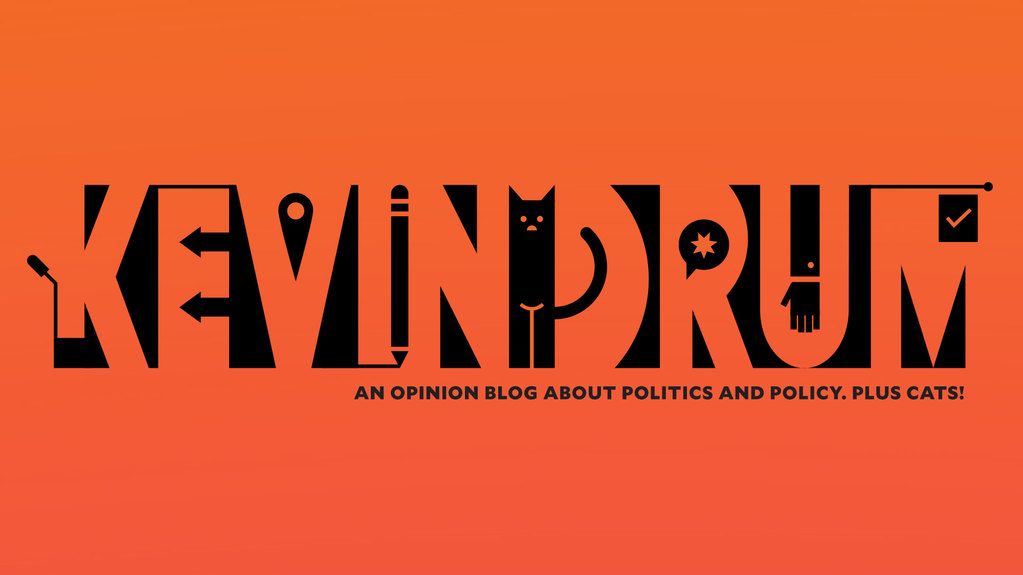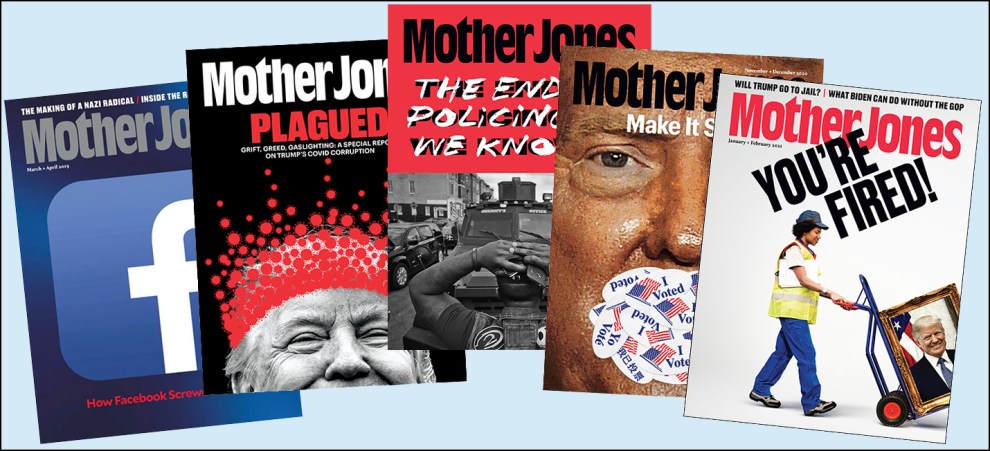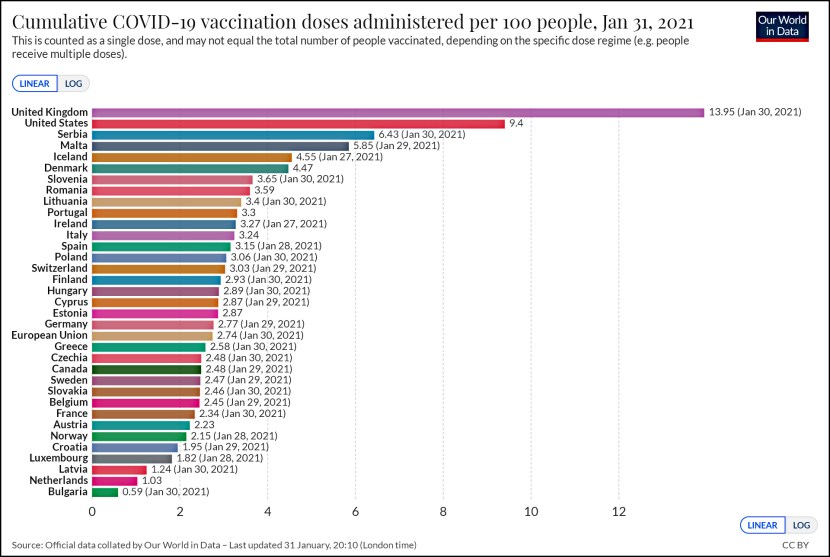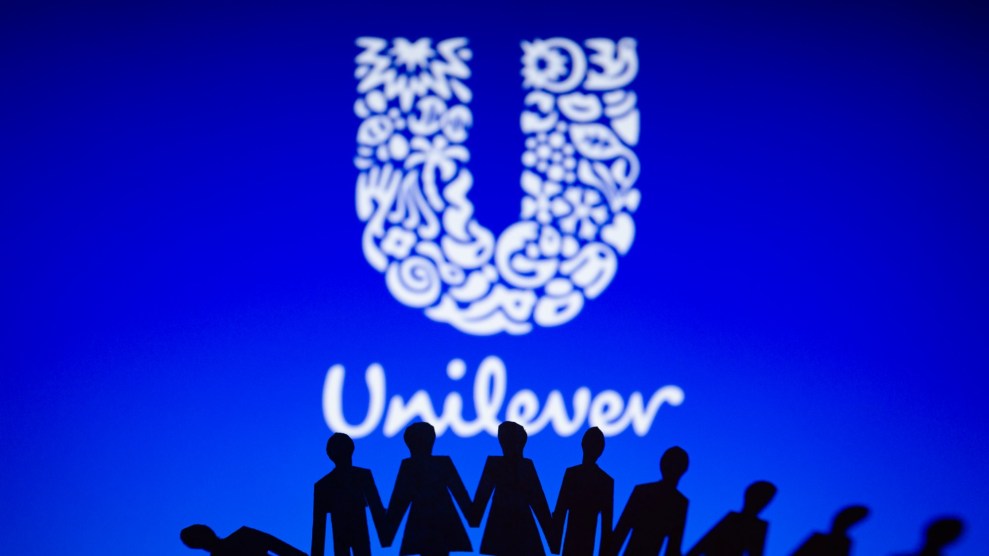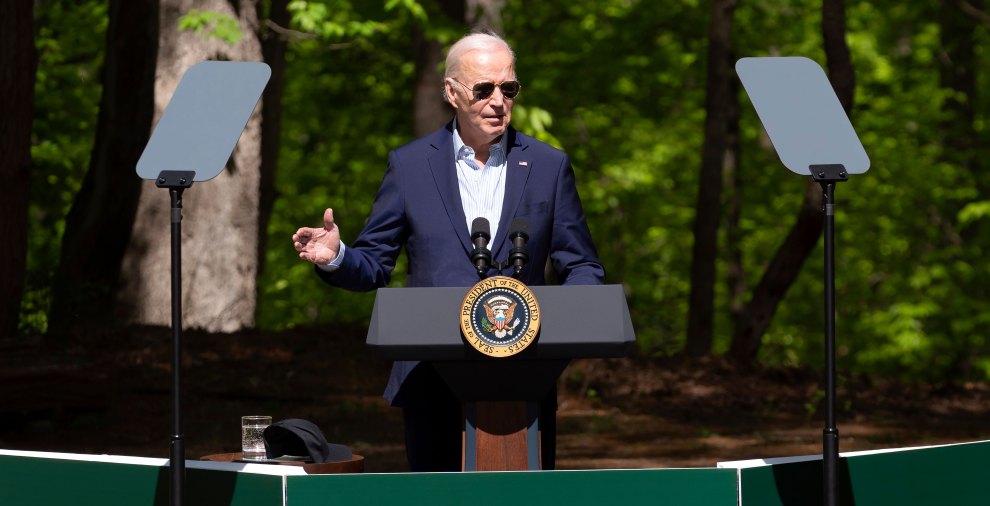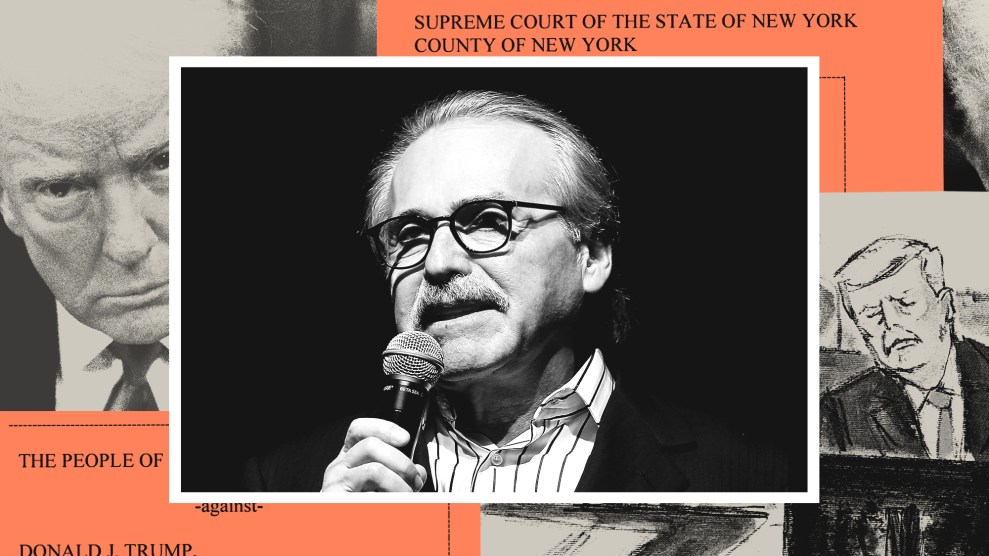Ezra Klein writes today about a Washington Post poll asking people if they support the idea of requiring people to get health insurance. 56% say yes, 41% say no.
But wait! If you tell the opposers that low-income families will get assistance buying health insurance, 34% of them flip to supporting the idea:
In other words, a solid majority supports the individual mandate. And a third of the opponents become supporters if they learn that there will be subsidies for people who can’t afford insurance. I’m sure you can fashion attacks that scare people about this provision, but advocates aren’t struggling against an underlying philosophical objection to the basic principle.
I have an assignment for an ambitious young PhD candidate with some free time on her hands. I’ve seen poll results like this a million times, and when you add some additional detail you always get a certain number of people to flip sides. I’m pretty sure you could quote a couple of lines from Jabberwocky, ask an “in that case” followup question, and get a fair number of people to change their minds. So what I’d like to know is: what’s the average flip rate? Obviously this depends on a lot of things, so maybe it’s more than just a single number, but I guess I’d like a single number anyway. Basically, when I see something like this I’d like to have a general idea of whether the flip rate is just the usual flip rate for everything or if it’s actually bigger than usual (and therefore more meaningful). It’s sort of like wanting to know if a wage increase is bigger than inflation. It tells me whether there’s really any kind of real-world increase at all.
Of course, maybe someone has already done this research. If that’s the case, maybe some bloggily-inclined political science type would like to enlighten us about it?


